technology used in video game designing
I thought that most people these days knew what CGI was, but Google data tells me the exact opposite. Over 8,000 people in the US search for an answer on this every single month. Clearly it couldn't hurt to get back to basics and dig into the history to CGI and breakdown exactly how it works so more people can better understand this relatively young art form.
What is CGI?
At the most basic level, Computer-Generated Imagery (CGI) is the creation of still or animated visual content with computer software. CGI most commonly refers to the 3D computer graphics used to create characters, scenes and special effects in films, television and games. The technology is also used in everything from advertising, architecture, engineering, virtual reality and even art.
CGI is used extensively these days because it is often cheaper than physical methods which rely on creating elaborate miniatures, hiring extras for crowd scenes, and most commonly for when it's simply not safe or humanly possible to create the visuals.
CGI is created using a range of different methods. The use of algorithms can produce complex fractal patterns. 2D pixel-based image editors can create vector shapes. 3D graphics software can create everything for simple primitive shapes to complex forms made from flat triangles and quadrangles. 3D software can even simulate the way light reacts to a surface and generate particle effects.
Where CGI starts to get really exciting is when computer-generated imagery is layered into digital film footage using a technique known as compositing. This technique is becoming more familiar to people as often refered to as green screen.
The History of CGI
For those who want a chronological list you can read the timeline of CGI in film and television. For the rest of you, I've pulled out what I believe are the most notable milestones that contributed to the evolution of CGI.
The history of CGI goes back to the 1950's, when mechanical computers were repurposed to create patterns onto animation cels which were then incorporated into a feature film. That first film which used CGI was Alfred Hitchcock's Vertigo (1958).
Alfred might have got out of the gates early with some 2D trickery, but it wasn't until 1972 when Edwin Catmull and Fred Parke created a computer-animated short film called A Computer Animated Hand that introduced 3D computer graphics to the world. This feat was achieved when Edwin drew 350 triangles and polygons in ink on his hand and then digitized and laboriously animated the data in a 3D animation program that Catmull actually wrote.
A few years later CGI took another leap forward with the help of Hollywood. In 1973 Westworld flexed its muscles with the first 2D CGI scene showing "Gunslinger" vision - an interpretation of how robots could see. The movie was so successful that it inspired a sequal.
Futureworld pushed the boundaries of CGI even further when it rendered a 3D head using the same techniques as Edwin Catmull had outlined. The kicker is that the studio executives used the original hand animation created by Edwin and incorporated it into the film. This amazing work was quickly recognised by the Oscars about a decade later with a Scientific & Engineering Academy Award.
Shortly after robot cowboys blew everyone away, Industrial Light & Magic created an iconic piece of cinema history that truly showed the potential of CGI. The Trench Run Briefing in Star Wards: A New Hope showed a wireframe rendering of the Death Star designed to help give the Rebel Alliance some last minute training. Directed by George Lucas, the film and it's incredible imagery would ultimately become indirectly responsible for ushering in the CGI era.

It took years for computers to fully harness the power of CGI and to allow directors to bring their visions to life. By the end of the '70s, computer-generated imagery started popping up in a few science fiction movies such as The Black Hole (more wireframe goodies) and Alien (another wireframe).
As the '80s rolled around, Industrial Light & Magic dropped into second gear and truly changed cinema for good with the release of Tron in 1982. Due to the proposed complexity of the film and it's first time Produce and Director at the helm, Disney nearly passed up on the chance. The movie didn't break records at the box office, but it did go on to eventually win an Academy Award fourteen years later.
CGI continued to really push the boundaries of computer power in the '80s - how good was The Last Starfighter (1984) and The Abyss (1989) - and more companies jump in to try their hand at this mesmorising mix of technology and art.
In the '90s, computers allowed CGI masters to start really going big with their ideas and new found techniques. During this decade, countless groundbreaking films were released such as Terminator II; Judgment Day (1991), The Lawnmower Man (1992), Toy Story (1995), Star Wars Special Editions and of course The Matrix (1999).
Leading the charge with many of these movies was ILM, Stan Winston Studios and Phil Tippett who dropped arguably the best CGI of all time - Jurassic Park (1993). The bar was set so high with this, many CGI artists strongly believe Jurassic Park has the best visual effects to date. What really changed at this point was how they used a mix of real actors, animatronics and CGI to bring dinosaurs to life alongside the actors which has never been done successfully before.




Beyond 2000, CGI accelerated at an exponential rate. The need for more computer power, better software and new ideas helped usher in an abundance of CGI films, most notable being Final Fantasy: The Spirits Within, The Lord of the Rings: The Fellowship of the Ring, Avatar and Up.
CGI is now an integral part of all feature films - even ones you don't think have them. There is simply no pixel that is not touched these days by CGI. Take for example Jurassic Park again, director Steven Spielberg and company crafted no more than 63 visual effects shots for this film. By comparison today, one of the most successful films of all-time, The Avengers, has over 2,200 visual effects shots with CGI. Adding to this, 90 minutes of Transformers: Age of Extinction's running time has CGI effects. Even the widely acclaimed Guardians of the Galaxy relied on CGI for 2,750 of its shots. In other words, 90 percent of Guardians features CGI in some capacity.
Key CGI Roles and Departments
The process of creating CGI is long, challenging and very technical. Teams are large and very diverse which means there are opportunities for all types of people ranging from hardcore coders through to illustrators and non-artists who like managing teams. Everyone plays a crucial role in producing the final visual effects and I've listed some of the most common creative and technical roles below to help you understand where you mind fit it best.
Art Department
The Art Department is responsible for translating a Directors vision and a script into visuals that can be shared with the entire team to truly understand the creative and technical challenges that lay ahead. These concept artists and illustrators create everything from storyboards to photorealistic artworks that show what the finished shot will look like.
#artistic #conceptart #illustration
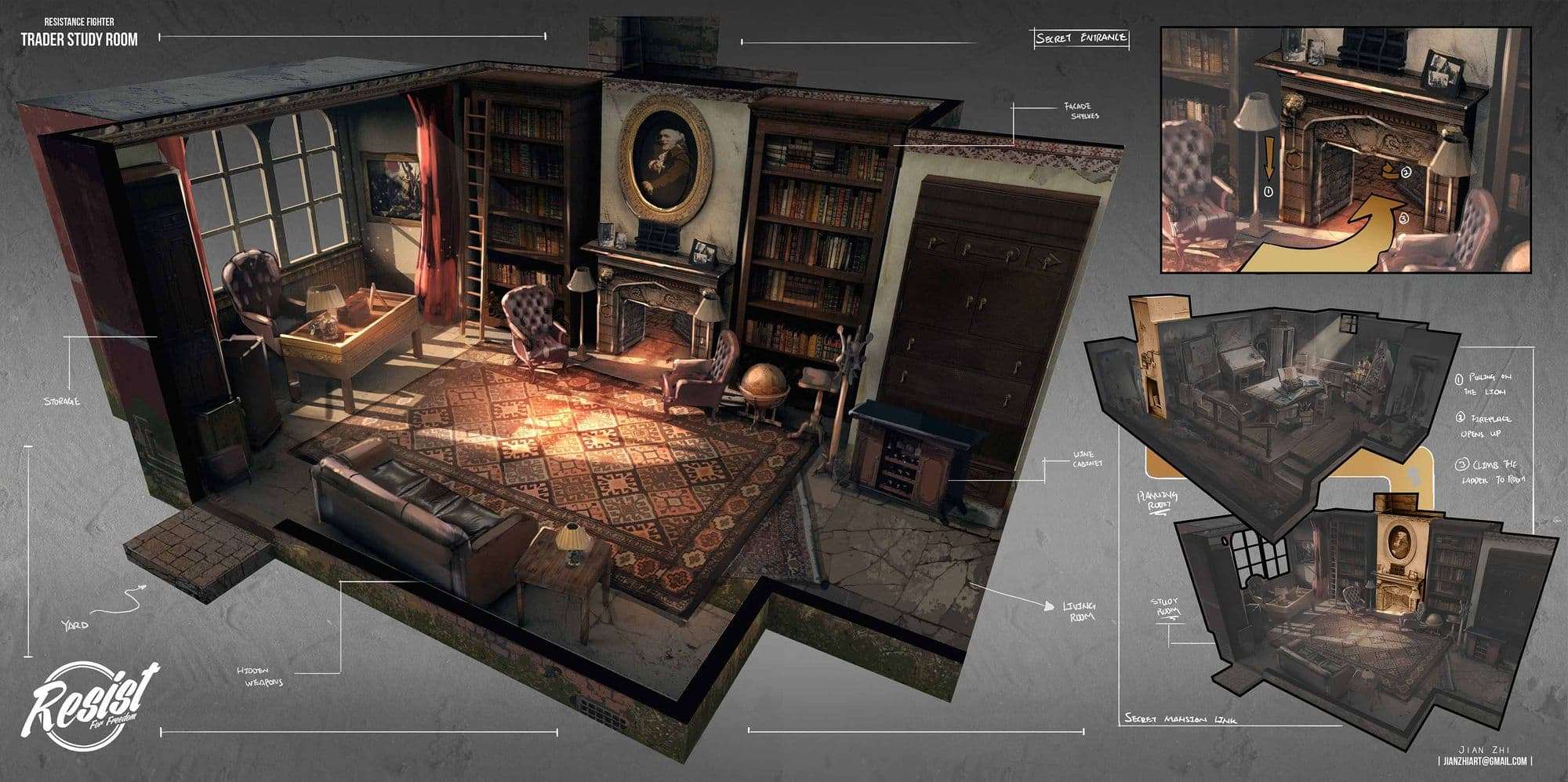
Pre-viz
Pre-visualisation Artists are responsible for creating the first 3D representation of the final visual effects shot. They use artwork and basic 3D models to create normally low-quality versions of the action sequences so the Director can start planning out camera placement and creative/technical requirements.
#technical #planning #setup
Asset Department
Virtual assets are need in visual effects to match real world objects or create new objects that don't exist or are too expensive to build in the real world. These are mostly created by modeling artists, texture painters, shader developers and riggers.
#creative #artistic #design #3dmodel #shaders #rig


Research and Development
Considered a very technical department, RnD artists are responsible for building new software and tools to accomplish the tasks that can't be done, or are simply too time consuming for artists to manually complete over and over again. The role requires a very strong background in computer science and a passion for problem solving.
#technical #code #computerscience
Animation
This one is pretty obvious. Basically anything that moves on film needs to be animated. It doesn't matter if it's a small prop like a chair, a huge space ship or even a hero character or creature. If it moves and has a performance, an animator will most likely be behind the controls.
#actor #keyframes #characters #performance
Matchmove
This is also referred to as motion tracking and without it there would be no way to incorporate 3D data into live action footage. To make digital assets appear as if they completely real, you need a virtual camera that moves exactly like the camera in the live action footage. This is where matchmove artists come to the rescue. It's their job to use the live action video footage and create a virtual camera for all departments to work with.
#matchmove #virtualcamera
FX Simulation
An FX Artist designs and creates FX animation, procedural simulation, dynamic simulation, and particle and fluid systems. They are responsible for recreating the behaviour of real world elements such as fire, water, explosions, cloth, hair and a whole lot more that most people don't even realise. Highly technical, yet creative role.
#fire #water #smoke #destruction
Lighting
The lighting artist is responsible for applying all lighting effects to the digital scene. The artist takes into consideration the light sources of the live-action plate and applies virtual lighting to mimic the existing illumination within the environment. The goal is to ensure that the VFX and live-action elements blend seamlessly, as though both exist in the same environment.
#lighting #colour #illumination #mood
Matte paint
A matte painting is an image, created using digital or traditional painting techniques, to create a representation of a scene that would be impossible for filmmakers to deliver in real life. This might be because the landscape does not exist in the real world, it's not financially practical to travel to a location, or to extend the set outside of its filmed parameters.
#painter #mask #setextension



Rotoscoping
Rotoscoping is used to create a matte or mask for an element so it can be extracted out of place on a different background, masked out so colours can be changed or any other set of reasons. The rotoscoping artist will normally trace an object using a set of tools to create a new alpha channel for a specific part of an image sequence or video.
#mask #roto #trace #alpha
Compositing
Compositing is the action of layering all the various elements in a shot – live action, mattes, multiple CG passes, 3D lighting, animation, particle effects – and blending them all seamlessly to create the photo-realistic final shot. Working throughout the production process, you'll need to collaborate with other VFX departments to creatively and technically problem solve along the way.
#colour #grading #layering #finaltouch #composition

Production
There are also a number of roles for people who prefer managing teams, budgets and schedules. The top production role at a studio is the VFX Producer who works closely with the VFX supervisor to project manage the entire process, defining the resources required, hiring artists and crew, managing budgets and making sure the project is delivered on schedule. Other common roles include Production Manager and Production coordinator which support the Producer by liaising with artists, flagging issues and generally tracking progress and making sure everything stays on track from a scheduling perspective.
#scheduling #management #budgets #glue
The subtle art of seamless CGI
CGI has become synonymous with massive tent-pole blockbuster films such as Avatar, Star Wars, Avengers: Endgame. However, where CGI becomes truly impressive is when it's used as the "supporting act", not the "slap in your face" version some directors have become famous for.
With the ability to edit every single pixel of a movie, film makers can take another more subtle root to enhance their films in ways previously unobtainable. The beauty is that CGI can be used to help remove unwanted backgrounds, change the mood of a scene, fix errors, change locations and even add a tear to help improve an actors performance. When people think of CGI, the first movies that come to mind is not Martin Scorsese's The Wolf of Wall Street. Just check out the following highlights from the movie:
Another spectacular example of subtle CGI in movies is Baz Luhrmann's The Great Gatsby. From the simple backdrops to entire buildings, most of Gatsby's great American dream was no more than a visual spectacle that at the time completely took viewers by surprise.
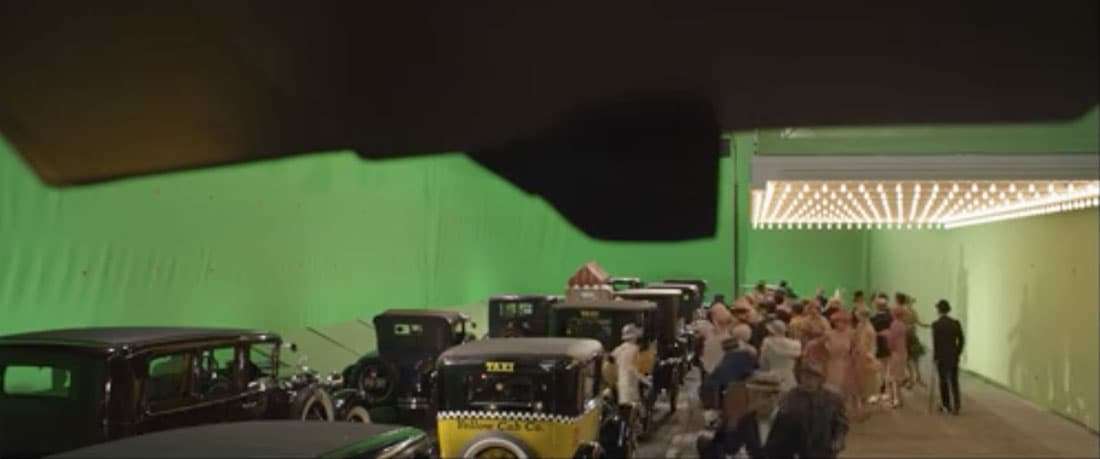



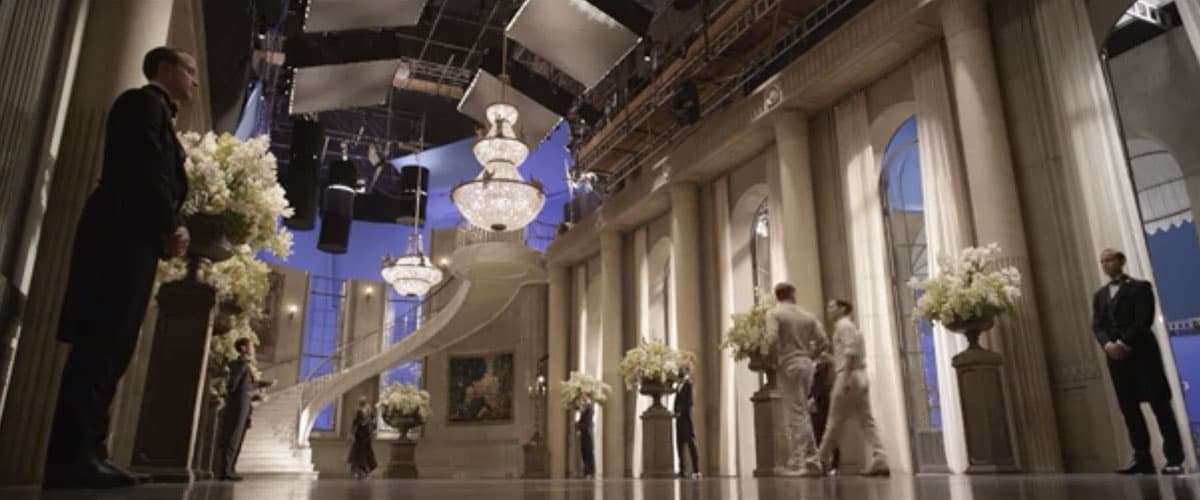

Mind Blowing examples of CGI (not subtle)
Subtle CGI effects take people for surprise when the tricks are finally revealed to them. However, on the other end of the spectrum it can even be harder to impress people when deep down they know something isn't real. Take for example Caesar - the fully CGI chimpanzee in Rise of the Planet of the Apes -, everyone know the character could not be a trained monkey, but yet they get sucked into the film and believe every second of the performance because the CGI is so damn impressive and realistic.
Here are some further great examples of how 3D computer graphics is used to add fictional characters, create backgrounds, change the mood and completely overhaul a scene.
Game of Thrones


The Martian


Rise Of The Planet Of The Apes


Life of Pi


X-Men: Days Of Future Past


Pirates Of The Caribbean
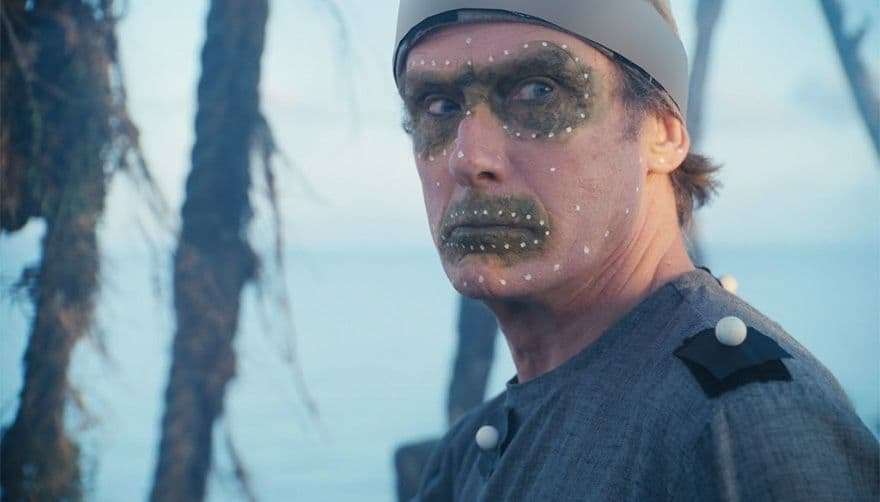

Guardians Of The Galaxy

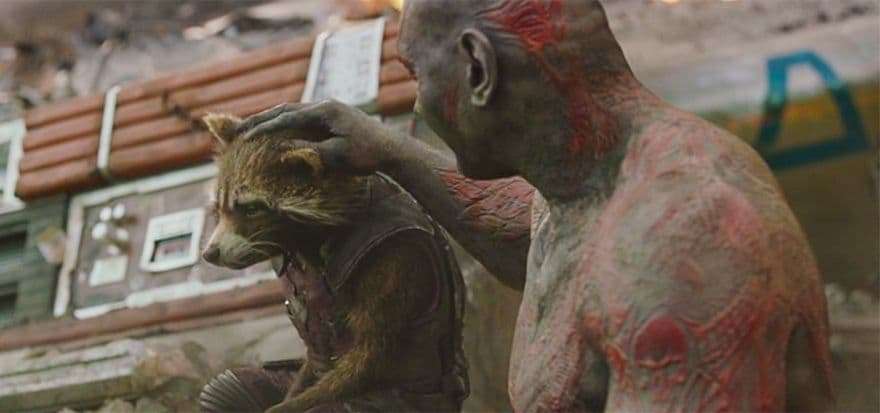
Where CGI can go wrong
The art of computer graphics is extremely technical and requires teams with hundreds, often thousands of highly skilled artists. The problem is that as CGI improves in movies, so do the viewers. Viewers become critics and can start picking out CGI that is not perfect and scream for the skies and make sure everyone hears it.
The good news is that studios have - for the most part - realised that story is king, not CGI. Computer graphics is there as a tool to tell a story and it should never be the reason for creating a film in the first place.
To help highlight this fact, here are what I believe are some of the most cringe-worthy CGI that I hope never gets approved again.
Oh, and let's not forget what nearly happened when they tried to release Sonic the Hedgehog recently. We can all thank social media for jumping on this one and preventing a massive disaster to a franchise we all love.

How do I start learning CGI?
Traditionally speaking, there are two main ways to start learning Visual Effects. Go to a school, or teach yourself at home. It's very easy to find persuasive case studies for both learning paths so which should you choose?
In my opinion this depends entirely on you. Some people are great at learning skills themselves and don't need help for the heavy lifting part. On the other hand, there are people who need to be surrounded by others and need strict schedules and tasks. It really is up to you, and how you like to work.
Regardless of which approach to learning vfx you take, the most important thing to do is just start. It's that simple.
Regardless of which approach to learning you take, the most important thing to do is start. It's that simple. Pick up a book, start sketching, watch and analyse a movie, watch documentaries about visual effects, attend local events. Just get started. If you don't have the passion and motivation for this, then it doesn't matter how good your education - you will never make it.

Top 10 Schools in the World to learn CGI
Wouldn't it be great if schools actually competed against each other to see who was the best school? This is exactly why the Rookie Awards was started back in 2010 and why their annual School of the Year rankings are so important to everyone.
The School of the Year rankings are based on the quality and performance of student work that is submitted to our judging panel each year for the Rookie Awards.
Most people feel that traditional school rankings that include peer and employer reviews, faculty to student ratio, citations and other data are not adequate when ranking the best creative schools. This might work for more traditional career paths, however when it comes to technical and creative such as Visual Effects which don't have standardised testing.

For a full breakdown on how the results are calculated make sure to visit the official public announcement.
Please find below the official Top 10 Visual Effects Schools in the World as awarded for 2018.
1. Gnomon
Since 1997, Gnomon has been educating many of the world's best digital artists. The school in Hollywood, California, offers a variety of educational options to help students reach their goals in the entertainment industry, with a BFA degree in Digital Production, full-time vocational programs, specialised courses for high school students, and over 100 individual courses for professional enrichment.
More Info
2. Lost Boys | School of Visual Effects
20+ years of excellence, Canada's School of Visual Effects (VFX). Complete your training in Effects, Lighting, or Compositing. 99% placement rate. The studio that teaches. The award-winning Lost Boys Studios operates this extraordinary school of visual effects. With its roots as an internationally renowned VFX boutique with 20+ years of excellence.
More Info
3. Think Tank Training Center
Founded in 2005, Think Tank Training Centre specializes in the latest software, techniques and technologies that cater to the needs of the film, television and video game industries. Think Tank boasts 92% job placement in the CG Industry.
More Info
4. Filmakademie Baden-Württemberg
The Filmakademie Baden-Wuerttemberg – as one of the most-renowned film schools in Europe – offers practical education in film, television and new media to over 500 students.
More Info
5. Vancouver Film School
Vancouver Film School is Canada's premier post-secondary entertainment arts institution and one of the most distinguished in the world. The 13 production-oriented programs at VFS span one year or less and cover all aspects of visual media.
More Info
6. PIXL VISN | Media Arts Academy
PIXL VISN |media arts academy was founded in 2010 by industry professionals who are driven by a passion for training animators and visual effects artists. We offer 3D Animation and Visual Effects training in a modern facility equipped with state-of-the-art equipment.
More Info
7. Écoles Aries
With 19 years of experience and 5 training centers located in the most attractive cities of the South (Lyon, Grenoble, Annecy, Toulouse and Aix-en-Provence), Aries is a benchmark school in the field of digital creation: 3D - VFX & Animation, Web Development, Graphic Design, Video Games.
More Info
8. ArtFX
ArtFX is a private digital arts college, training its students in CGI, VFX, 3D Animation and Video Games. Located in Montpellier (France), the school was created by professionals of the film, video games and visual effects industries.As the only school in Europe specializing in compositing CGI into live-action footage, ArtFX is a reference for CGI and CG animation training.
More Info
9. Institut Artline
Institut Artline is an innovative online school that allows you to follow a professional degree course in digital creation, accompanied by recognized experts working in the largest studios and agencies of different sectors of digital creation.
More Info
10. Ravensbourne
We're an innovative, industry-focused university sector college located in the heart of London. We're champions of creativity and collaboration, dedicated to giving our learners the specialist skills and opportunities they need for outstanding careers in digital media and design.
More Info
Interested in learning more about CGI?
I hope this has given you a good overview of what CGI is and the amazing career prospects available to you. It's really up to you now, you need to put in the hard work. You need to take the next step using the advice provided in this guide.
So do yourself a favour, grab the following list and start working though it. One step at a time. That's all it takes.
- register an account at The Rookies and start your journey
- join a discord channel and talk with other aspiring artists
- speak to a free career advisor about finding a school
- start observing the world, drawing, building things
- watch movies and show and read about how VFX were created
- download the recommended software and free training resources
- start building your first portfolio and learning the basics
- follow software companies on social media
- follow inspiring vfx artists on social media
- follow big production studios on social media
- keep learning everything you can and don't give up
Thanks for reading this guide. I plan to keep updating this often to make sure it remains relevant and helpful. Please reach out to me via the comments section with any suggestions or questions.
Andrew McDonald
Andrew McDonald is co-founder of The Rookies has been working in the visual effects industry since 2002. Most recently he was a CG Supervisor at Industrial Light & Magic.
technology used in video game designing
Source: https://discover.therookies.co/2020/04/05/what-is-cgi-computer-generated-imagery-how-does-it-work/
Posted by: finksalict.blogspot.com

0 Response to "technology used in video game designing"
Post a Comment